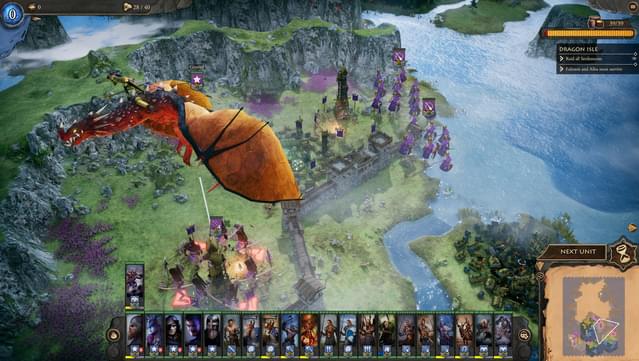


His opposition to the appointment of politically favoured officers had created enemies in Ottawa. Post-War Politics and ScandalĬurrie’s sterling wartime reputation did not survive intact into the post-war period. He is widely considered to have been among the finest generals of the war. Under Currie’s leadership, the Canadians cemented their reputation as an elite assault formation, with an unbroken string of major victories in 1917-1918 that included Hill 70, Passchendaele, Amiens, Arras, and the Canal du Nord. His willingness to demand more guns or preparation time prior to major assaults saved Allied lives and enhanced the prospects for success. The first and only Canadian soldier to occupy the post, Currie proved an excellent corps commander. When Byng was promoted to army command after his Canadians had successfully stormed Vimy Ridge in April 1917, Currie was appointed in June to head the Canadian Corps. Sir Julian Byng, the Canadian Corps commander from 1915 to 1917, groomed Currie as his replacement. He studied carefully the lessons of recent fighting and sought to implement them in the forces under his command. But his understanding of the importance of pre-battle preparation and the limited “set-piece” attack to “bite and hold” enemy positions derived from sincere concern over the needless sacrifice of lives in futile frontal assaults. He rose to command the 1st Canadian Division in September 1915 and led it effectively for the next two years.Ĭurrie was not a charismatic leader and had no easy way with his soldiers.

During the Second Battle of Ypres in April 1915, Currie’s brigade played a pivotal role in holding the Allied position. He received a brigade command in the First Contingent and proved himself a capable organizer and training facilitator. From Militia Officer to Division CommandĪ militia officer and educator, Currie had never commanded anything larger than a regiment at the outbreak of war in 1914. Currie commanded the Canadian Corps from June 1917 until its disbandment in late 1919.


 0 kommentar(er)
0 kommentar(er)
